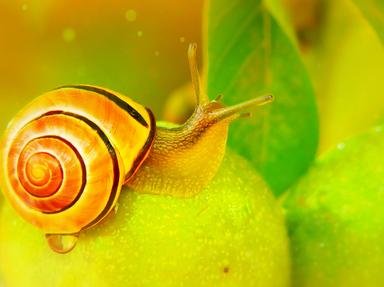Quiz Answer Key and Fun Facts
1. Let's go play in the sand. Or, maybe not. What kind of spider is this?
2. Swat this one while you have a chance. Native to New England but not the Mojave Desert, what are we looking at here?
3. The first time I saw one of these in the Mojave Desert I thought it was a bumblebee who had joined a biker gang, but it turns out to be a hardworking tradesperson. Which of these is it?
4. It's always a good idea to stay out of her way. What kind of spider is she?
5. This insect isn't usually dangerous, although some people may get an allergic reaction to it but it makes up for that in its persistence in biting you. What exactly is this?
6. This is certainly a prettier sight to see than some of the others in this quiz. This butterfly is named for a goddess, so it is named ___?
7. A very social insect, but not one that you would want to socialize with, they cause much damage in warmer climates. Which wood lover is this?
8. Despite the appearance in the picture, this is another small spider but with a dangerous bite. It is sometimes called a fiddleback or violin spider, but by what non-sociable-sounding name might we know it?
9. Despite its voracious appetite this beetle has declined in population over the years. It sounds like it would be right at home with some of the early New England settlers. What is its name?
10. Isn't this beautiful? This is another endangered species in the U.S. Its only New England home is in New Hampshire. What is the name of this butterfly?
Source: Author
CmdrK
This quiz was reviewed by FunTrivia editor
rossian before going online.
Any errors found in FunTrivia content are routinely corrected through our feedback system.

